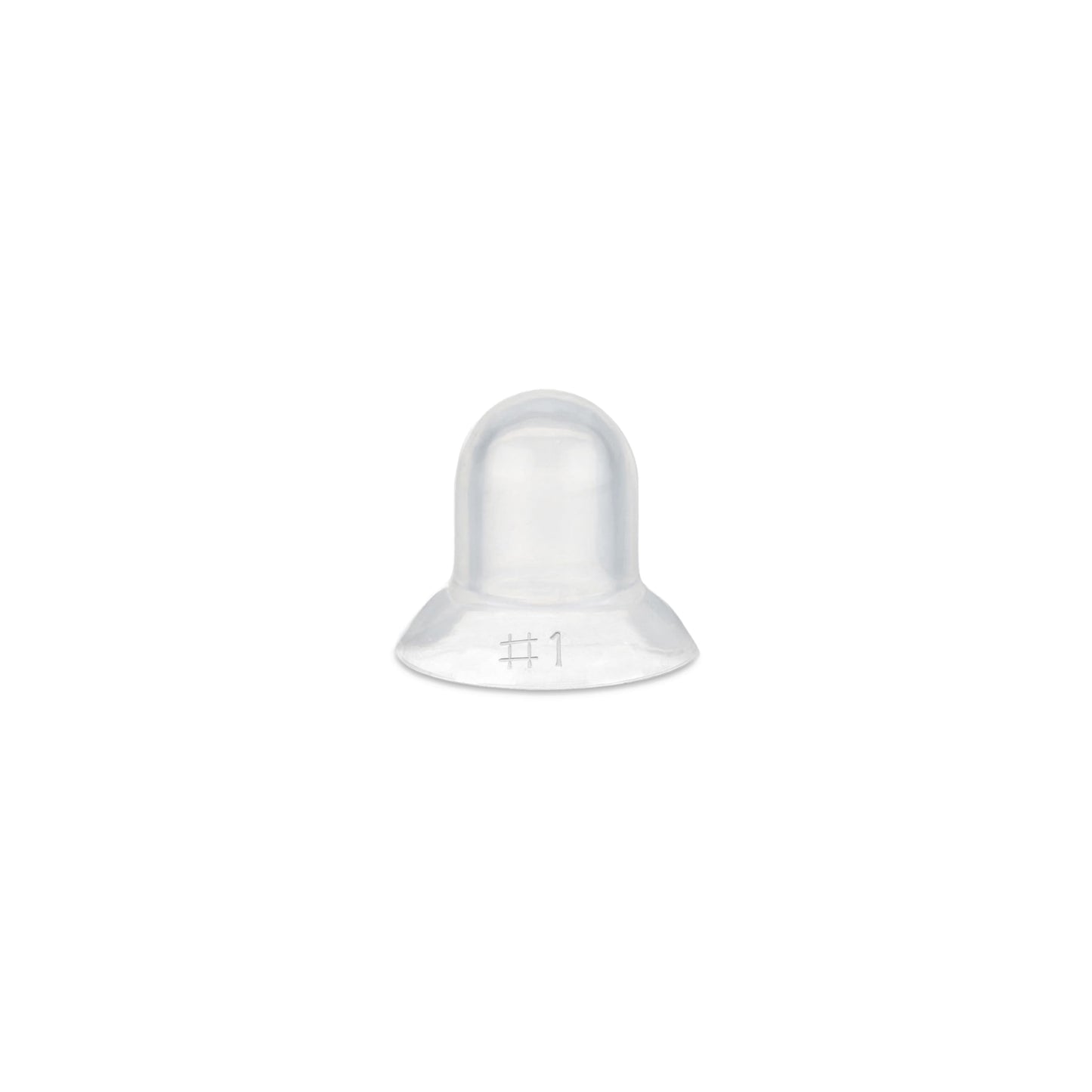You will not be allowed to compare more than 4 products at a time
View compareFrequently Asked Questions
- Q: What are Supple Cups and how do they work? A: Supple Cups are designed to help women with flat, shy, or inverted nipples by using gentle suction to draw out the nipples, making it easier for babies to latch during breastfeeding.
- Q: Are Supple Cups safe for both mothers and babies? A: Yes, Supple Cups are made from materials that are free of BPA and latex, ensuring safety for both mothers and babies during use.
- Q: How do I choose the right size Supple Cups? A: To choose the right size, refer to the sizing graphic provided with the product and measure accordingly to ensure a proper fit, as one size does not fit all.
- Q: Can I use lubricant with Supple Cups? A: Yes, applying a small amount of lubricant, such as KY, lip balm, or nipple cream, on the nipple and the interior of the Supple Cup can help improve the seal and suction.
- Q: How often should I use Supple Cups? A: It is recommended to use Supple Cups as needed to help with latching difficulties, but always follow the guidance of your healthcare provider or lactation consultant.
- Q: What materials are used in Supple Cups? A: Supple Cups are made from comfortable silicone, which helps reduce friction and irritation compared to hard plastic alternatives.
- Q: Where can I find more information about using Supple Cups? A: For additional information, including FAQs and usage guidelines, please visit the official website of the manufacturer.
- Q: Are Supple Cups recommended by lactation experts? A: Yes, Supple Cups are recommended by leading lactation experts and are trusted by many top hospitals and birthing centers.
- Q: How do I clean and care for Supple Cups? A: Supple Cups should be cleaned with warm, soapy water before and after each use. Rinse thoroughly and allow them to air dry.
- Q: Can Supple Cups help if I have had previous breastfeeding difficulties? A: Yes, Supple Cups are designed to assist mothers who have experienced difficulties with breastfeeding due to flat, shy, or inverted nipples, making latching easier for babies.










